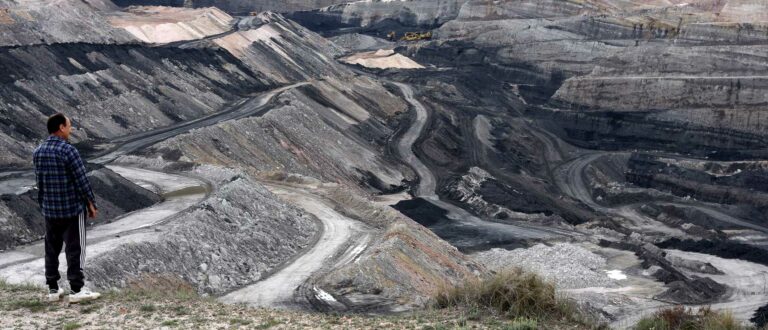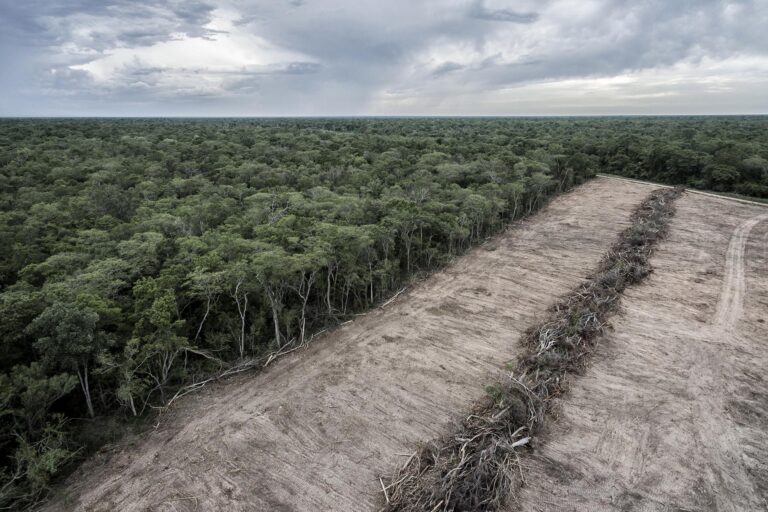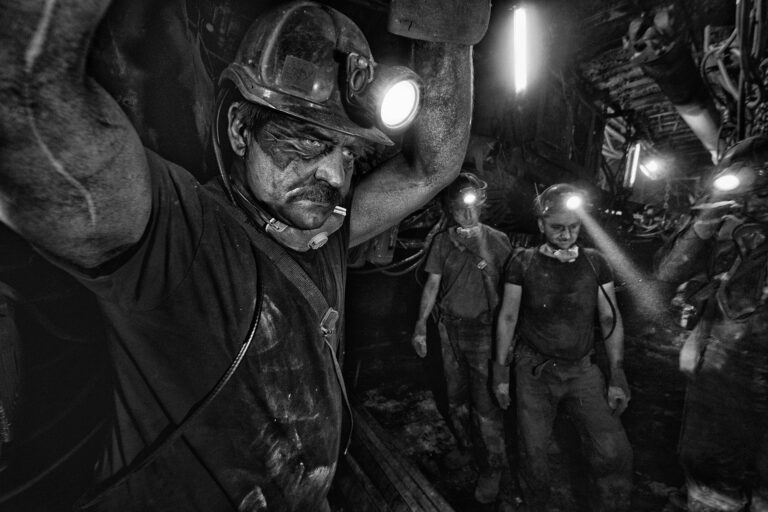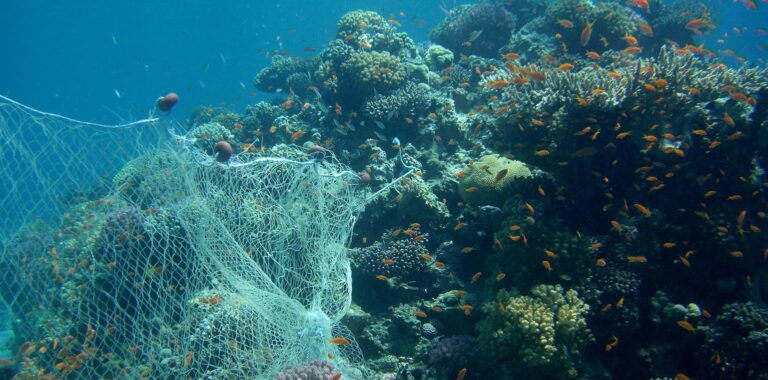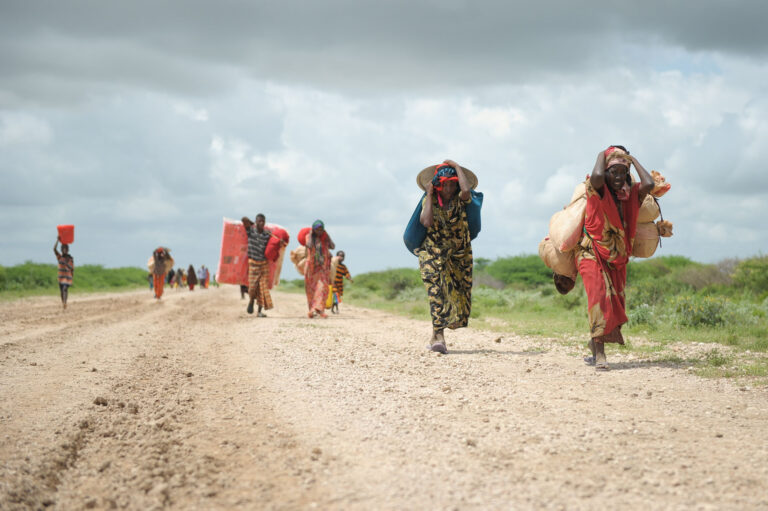Coal is the largest single source of the greenhouse gas emissions that are...Read More
Carbon capture and sequestration (CCS) is a climate change mitigation strategy that aims to reduce greenhouse gas emissions by capturing large amounts of carbon dioxide (CO2) and then sequestering (or storing) it so that it is not released into the atmosphere.
Carbon capture typically begins by separating carbon dioxide from other gases that are produced through industrial processes, such as steel and cement production, or from the burning of fossil fuels for power generation. The most common capture method is post-combustion capture, or PCC, which typically involves using a chemical solvent to react with CO2 in the flue gas emitted by industrial plants and turn it into a liquid. Once captured, either by PCC or another method, the CO2 is then compressed and transported (for example, via pipelines, road transport, or ship) to a site for storage. Sites for carbon sequestration include underground or offshore geologic formations, such as saline aquifers or depleted oil and gas reservoirs, which are typically a kilometer or more below the Earth’s surface.
Other options for captured carbon dioxide include storage through enhanced oil recovery (since liquid CO2 can reduce the viscosity of oil and allow it to flow more easily to the well); biologic sequestration (in which the carbon is stored in vegetation, soils, woody products, and aquatic environments); and utilization in industrial processes (for example, by converting it into plastics, concrete or biofuel).
CCS has numerous potential implications for human rights, including the right to a healthy environment, the right to food, the right to water, the right to access to information, the right to free, prior and informed consent, and land rights. For example, given its significant land and water footprints, CCS could potentially require vast amounts of land and water to be diverted from other uses, such as agriculture or livestock, or even involve the conversion of primary forest and natural grassland. This could, if widely implemented, substantially increase food prices and negatively affect biodiversity, among other effects. Furthermore, the use of large tracts of land for CCS would likely disproportionally affect indigenous communities and, in particular, their rights to their land, resources, and cultural heritage.
There have also been concerns that carbon capture and sequestration, rather than mitigating climate change, could instead further exacerbate it. For example, some have argued that by providing a means to burn fossil fuels with reduced emissions, CCS could perpetuate the use of fossil fuels and thereby delay the transition to renewable energy sources.
Despite these concerns, however, the use of CCS around the world continues to increase substantially. Indeed, according to the Global CCS Institute’s 2022 report, the CO2 capture capacity of all CCS facilities under development grew 44% from 2021 to 2022, reaching 244 million tons per year, and there are now at least 194 large-scale CCS facilities globally (94 in the Americas (80 in the U.S.), 73 in Europe (27 in the UK), 21 in Asia-Pacific and 6 in the Middle East).
Photo Credit: Carbon sequestration often begins in industrial smokestacks (CC0 1.0).

